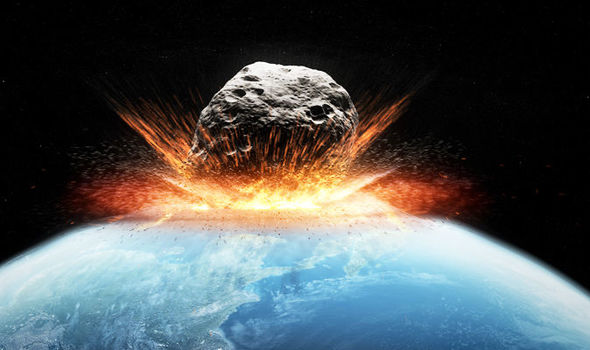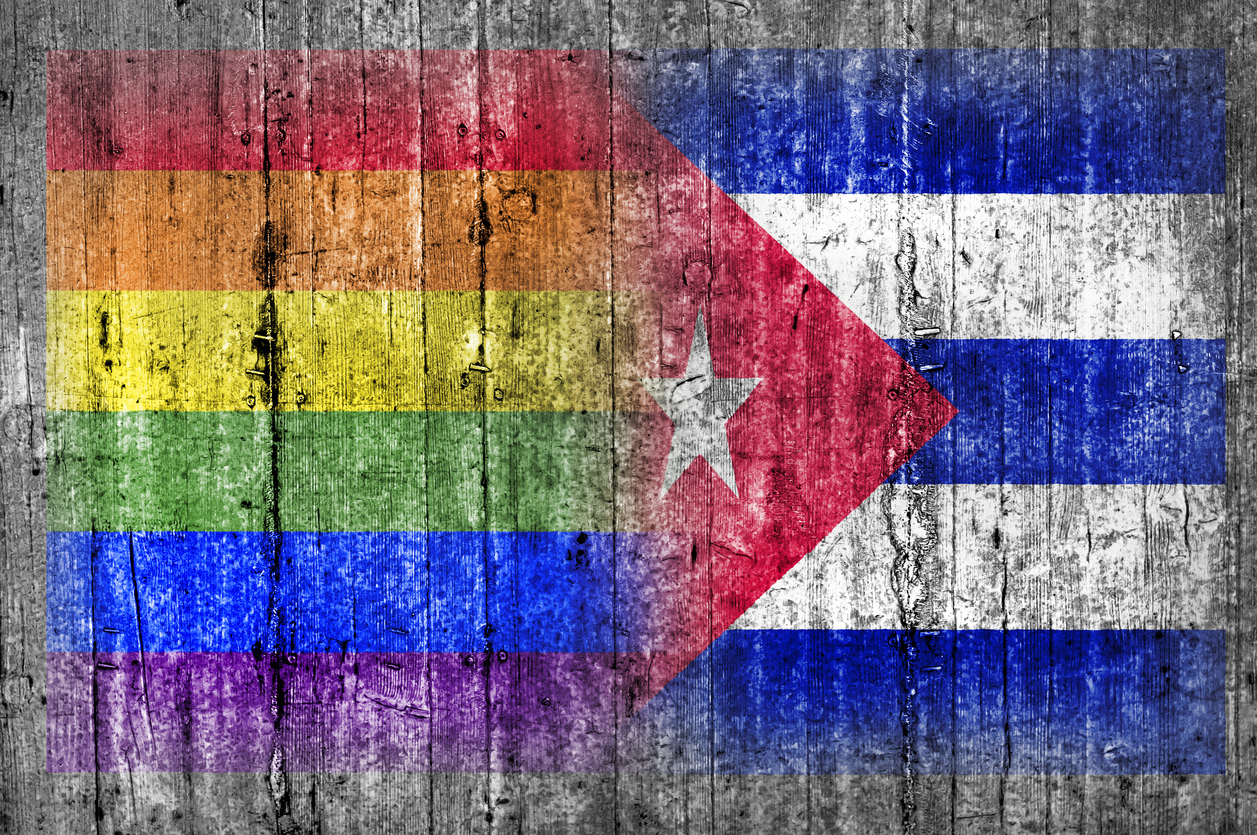
There is a 100 percent certainty that a giant asteroid capable of wiping out all or most of life on Earth will strike our planet, say a group of scientists and astronauts. The B612 Foundation, which is composed of astronomers, engineers, and many other types of scientists who have a keen interest in the Earth and its place in our solar system, is dedicated to providing a voice of the risks of asteroids and the options that we have for surviving them.
In reality, it is not a particularly risky prediction to make, as there have been many extinction-level events on Earth in the hundreds of millions of years prior to our existence. The only real question is when an asteroid of that magnitude will strike us again, which against could take hundreds of millions of years. But it will most certainly happen, and humanity would be wise to prepare.
NASA and other space agencies have been closely watching space for asteroids that are both on a collision course with Earth and are big enough to cause problems. And they do not even have to be particularly big, as the Chelyabinsk meteor in 2013 caused more than 1,000 injuries and damaged thousands of buildings despite being just 20 meters in diameter. By comparison, the asteroid that caused the Chicxulub crater and likely wiped out the dinosaurs 65 million years ago was about 10 to 15 kilometers in diameter.
But identifying this potentially existence-destroying asteroid is tough, because for one thing it is tough to spot all the asteroids floating around in space, at least with enough of a time frame to do something about them, and also we still really do not have any way to deal with them at the moment. Which is why scientists say we must focus more energy to such a project. The B612 Foundation is working on something called a “gravity tractor” that would tug the asteroid on a different course.
The following is a statement from the B612 website on their mission.
B612 is an organization that works towards protecting the Earth from asteroid impacts and informing and forwarding world-wide decision-making on planetary defense issues. B612 provides a non-governmental voice on the risks, options, and implications of asteroid data while advancing the technical means by which that data is acquired. We work to make interpretation of asteroid data open and accessible, and we serve as an informed source for an international community of policy makers and scientists who can best help to achieve these goals.
B612 is an organization that works towards protecting the Earth from asteroid impacts and informing and forwarding world-wide decision-making on planetary defense issues. B612 provides a non-governmental voice on the risks, options, and implications of asteroid data while advancing the technical means by which that data is acquired. We work to make interpretation of asteroid data open and accessible, and we serve as an informed source for an international community of policy makers and scientists who can best help to achieve these goals.
Our extended team of staff, collaborators, and partners combined are the best and are unparalleled in expertise. The success of our work is dependent on it.
We believe it is our responsibility to put our knowledge and expertise to work for the betterment of humanity.
We are driven by a thirst for knowledge. Our commitment to discovery is fed by a sense of wonder for the universe, and for our evolving capacity to explore it.
InitiativeseparatorWe believe in stepping up and addressing unmet challenges. We don’t believe in wishing for the best, but instead in exploring and devising solutions with the best outcomes.
Whether you are a student, citizen scientist, or C-Level executive, we need your help supporting the cause and spreading the word.
Our Asteroid Institute is a B612 program which collaborates with major institutions around the world working on asteroid related projects including research, science, and technologies. Our leadership drives strategy and operations and the Board of Directors oversees our long-term vision. Our Founding Circle, Asteroid Circle and global community of donors make our work possible.
The following is an excerpt from Wikipedia on the last major extinction event from an asteroid.
The Cretaceous–Paleogene (K–Pg) extinction event, also known as the Cretaceous–Tertiary (K–T) extinction, was a sudden mass extinction of some three-quarters of the plant and animal species on Earth, approximately 66 million years ago. With the exception of some ectothermic species such as the leatherback sea turtle and crocodiles, no tetrapods weighing more than 25 kilograms (55 lb) survived. It marked the end of the Cretaceous period and with it, the entire Mesozoic Era, opening the Cenozoic Era that continues today.
In the geologic record, the K–Pg event is marked by a thin layer of sediment called the K–Pg boundary, which can be found throughout the world in marine and terrestrial rocks. The boundary clay shows high levels of the metal iridium, which is rare in the Earth’s crust, but abundant in asteroids.
As originally proposed in 1980 by a team of scientists led by Luis Alvarez and Walter Alvarez, it is now generally thought that the K–Pg extinction was caused by the impact of a massive comet or asteroid 10 to 15 km (6.2 to 9.3 mi) wide, 66 million years ago, which devastated the global environment, mainly through a lingering impact winter which halted photosynthesis in plants and plankton. The impact hypothesis, also known as the Alvarez hypothesis, was bolstered by the discovery of the 180-kilometre-wide (112 mi) Chicxulub crater in the Gulf of Mexico in the early 1990s, which provided conclusive evidence that the K–Pg boundary clay represented debris from an asteroid impact. The fact that the extinctions occurred simultaneously provides strong evidence that they were caused by the asteroid. A 2016 drilling project into the Chicxulub peak ring confirmed that the peak ring comprised granite ejected within minutes from deep in the earth, and contained hardly any gypsum, the usual sulfate-containing sea floor rock in the region: it would have vaporized and dispersed as an aerosol into the atmosphere, initiating longer-term effects on the climate and food chain.







